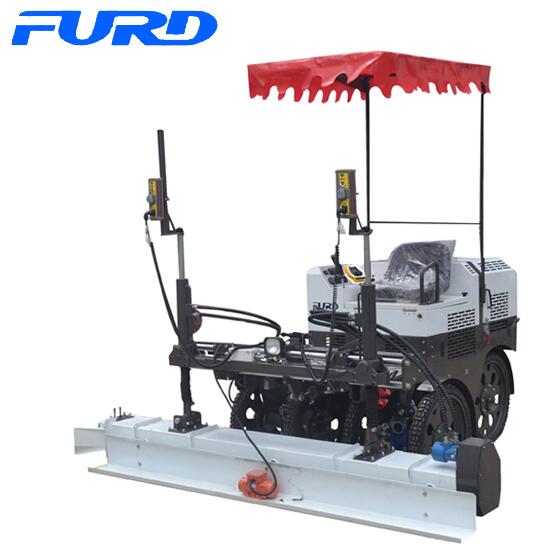The performance of a general magnetic material can be expressed by its four parameters, namely residual magnetic induction (referred to as remanence) Br (unit Gauss Gs or millimeter mT, 1mT = 10Gs), coercivity Hcb (unit Oster Oe) , intrinsic coercivity Hcj (unit Oster Oe), maximum magnetic energy product (BH) max (units Mega Omega MGOe), of which Br, Hcj, (BH)max three parameters are the most direct representation.
The relationship between Br, Hcj, (BH)max
The size of Br can generally be considered to indicate the surface magnetic field after magnetization of the magnetic component; the size of Hcj can indicate the ability of anti-demagnetization and temperature resistance after magnetization; (BH)max is the maximum product of Br and Hcj. Its size directly indicates the performance of the magnet. At present, we have not detected a magnet with a bonded NdFeB(BH)max greater than 11.5.
In general, in magnets with similar (BH)max, Br is high and Hcj is low; Hcj is high and Br is low. We can't just determine the quality of the product by the level of (BH)max, but also whether the height of Br and Hcj is suitable for the products we need. Whether the size of the three indicates the quality of the materials, we can't use Br, Hcj, (BH)max determines the quality of the product, and determines the level of the three products according to the purpose of the product and the required characteristics. Even under the condition of the equivalent (BH)max value, the use of the product and magnetization should be considered. The requirement to decide whether to use high Br value, low Hcj, or vice versa.
The effect of the size of the three on magnetization
It is well known that under the same conditions, that is, the same size, the same number of poles and the same magnetization voltage, the magnetic material obtained by the magnetic material with high magnetic energy product is also high, but at the same (BH)max value, Br and Hcj The height has the following effects on magnetization: Br is high, Hcj is low: under the same magnetization voltage, high magnetic field can be obtained; Br is low, Hcj is high: To obtain the same surface magnetic, a higher magnetization voltage is required.
Magnetic materials can be magnetized in the following ways:
The material is heated above the Curie temperature, cooled under an applied magnetic field, and hammered the material during the cooling process. This is the most effective way of magnetization, also manufacture permanent magnets manner similar industries.
The material is placed in an external magnetic field. When the magnetic field is removed, the ferromagnetic material still has a magnetic field called residual magnetism (English: Remanence). If you vibrate the material when there is an external magnetic field, the effect will be better.
If a magnet is repeatedly moved from one end of the material to the other end, it can also help magnetize.
Magnetized ferromagnetic materials can be demagnetized in the following ways (English: degaussing):
Heating above the Curie temperature, molecular motion destroys the magnetic domain of the material and eliminates all magnetic properties.
Place the material in a changing magnetic field, and the intensity of the H field exceeds the coercivity of the material, then slowly move the material out of the magnetic field, or slowly reduce the magnetic field strength to zero. This is the principle of demagnetization of demagnetizers and credit cards, as well as demagnetization coils in cathode ray tubes.
If the magnet is placed in a reverse magnetic field with a magnetic field strength greater than the coercive force, the magnet may be partially demagnetized, but it may also be magnetized by the reverse magnet.
Hammering or impact: Mechanical disturbances can disrupt their magnetic domains and reduce their magnetic properties.
What is the square diagram of the demagnetization curve?
The square diagram of the demagnetization curve is an important magnetic property index of the permanent magnet. When the magnet is under dynamic working conditions, the external reverse magnetic field H or the demagnetizing field Hd inside the magnet changes periodically. For the Nd-Fe-B sintered magnet, the B demagnetization curve is closer to a straight line, and the magnet is under dynamic working conditions. The better the stability.
It is worth noting that if the B demagnetization curve of the magnet is not a straight line, the return permeability μrec of the magnet has different values ​​at different working points. It is very important to design the magnet in the most stable working state at this time.
Defining the demagnetization curve of the magnet, the magnitude of the reverse magnetic field is Hk, and Hk/jHc can visually represent the squareness of the demagnetization curve of the magnet. For Nd-Fe-B sintered magnets with high jHc, jHc is much larger than bHc. Hk/jHc is also an important magnetic property index of permanent magnets, and it also characterizes the stability of magnets under dynamic operating conditions.
FJZP-200 is Six Wheel Ride On Laser Screed, it is mainly used in large area concrete construction, such as large workshop, airport, the plaza and so on.

FURD ride on six wheel Laser Screed:
-Used high accuracy laser device, close loop control technology and precision integrated hydraulic system, and microcomputer automatic control.
-The flat and dual slope can be fully automatic controlled by the transmitter. For the complex floor which has high requirement for drainage, the 3-D floor processing system can be used.
-Steering, forward and reverse of the machine are all controlled by the integrated handles. Operation buttons and controller which are located on the one side of th seat, is user-friendly.
Six Wheel Ride On Laser Screed
Six Wheel Ride On Laser Screed,Ride On Laser Screed,Mini Laser Screed,Sxp Laser Screed
Jining Furuide Machinery Manufacturing Co., Ltd. , https://www.vibratoryroller.nl
